A hot cup of tea is just the thing to warm you from the inside out. As a plus, many teas are packed with antioxidants to boost your immune system and keep you healthier.
The problem is, most Southerners are accustomed to drinking tea made strong, sweet and poured over ice. The tea used to brew that pitcher of refreshing summer goodness can be unappealing when served hot in the winter.
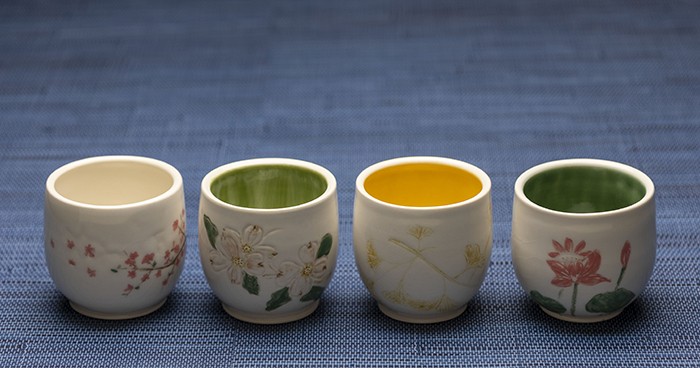
Cary potter Jun Ma created these four season tea cups. The delicate designs are, from left, wintersweet (winter), dogwood (spring), ginko (autumn), and lettuce flower (summer); $30 each.
Did you know? Turkey is the most tea-loving country, with per capita consumption at nearly 7 pounds a year. China drinks the most tea overall, but consumes only 1¼ pounds per person.
Tip: Tea balls are convenient when making a single cup, but don’t fill the ball completely. Leave room for the leaves to unfurl and expand as the tea infuses. You’ll get the most flavor.
Tip: Unlike traditional tea bags, pyramid-style tea bags allow water to flow through the leaves, extracting more flavor from the leaves.
Tip: Most good quality tea leaves can be used more than once. The second cup will be weaker but still tasty.
Hot tea should taste smooth, not bitter, with nuanced flavor and aroma. But how to get that soothing brew at home? We asked local tea experts for their advice, and we tried several kinds of tea, each with its own appeal.
Once you find a tea you like, take a few minutes to relax and relish the aroma of a hot cup of tea. And what better way to enhance that moment than to sip your tea from a unique, handcrafted teacup or mug?
Debbie Pellegrini, co-owner of Muddy Dog Roasting Company in Morrisville, encourages those who have only drunk popular supermarket brands to try loose leaf teas from specialty retailers, which tend to sell higher-quality tea.
“Whatever you find in a supermarket is already old, stale, and it becomes more bitter,” she said.
Even with commercial tea bags, there are easy ways to make your tea taste better.
“The amount of steep time makes a humongous difference,” Pellegrini said. “A lot of people, I find, just over steep. It takes only about two to three minutes, and that’s it.”
Other bad habits she sees include leaving the tea bags in the cup long after the tea has brewed and heating up cold tea. Both practices release bitter volatile compounds in the tea, she says.
“You just want to try to keep it, drink it as fresh as you can. Drink a cup of tea and then make yourself a new, fresh cup of tea.”
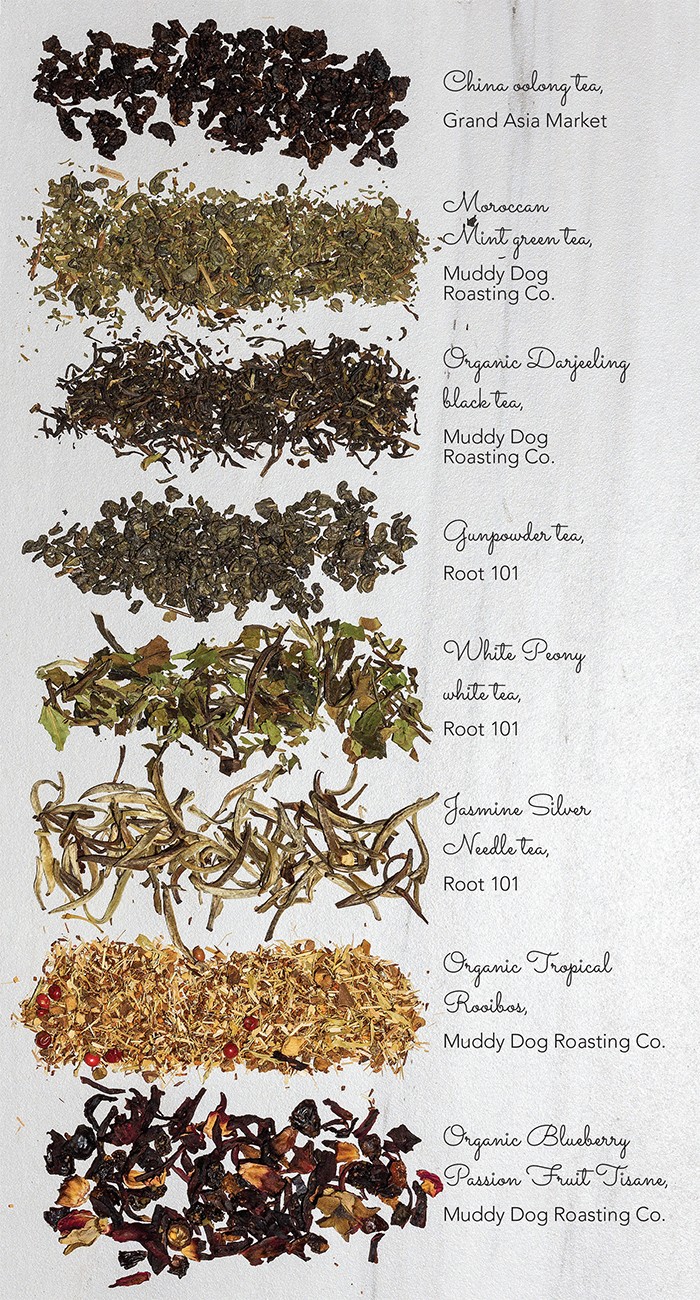
Pellegrini also finds that many people are confused about what tea is. Whether green, white, oolong or black, tea comes from the same plant, Camellia sinensis.
“The green tea is harvested earlier, and the black tea is actually fermented. It’s the same leaf; it’s just a different process,” she said.
Several so-called teas aren’t made from tea leaves, and are better classified as tisanes, she says. Rooibos comes from the “Red Bush” plant, native to Africa, and it’s naturally caffeine-free. Herbal brews or tisanes are made from dried fruits, flowers or herbs.
Besides being caffeine-free, herbal brews can be steeped for much longer than teas. The beverage becomes stronger over time, but it won’t get bitter.
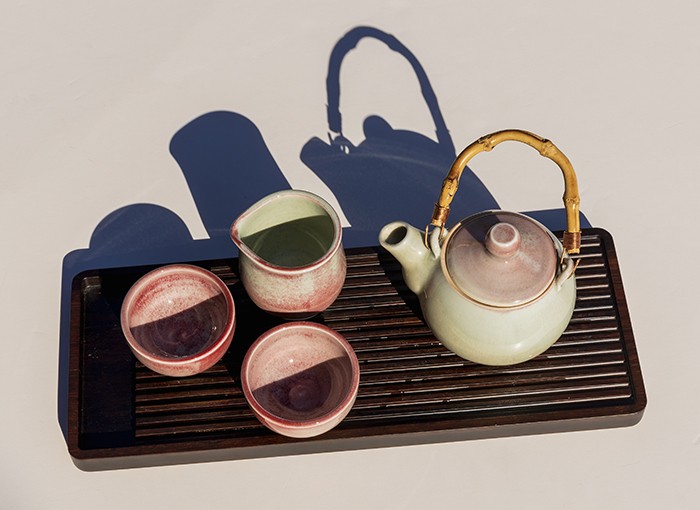
The perfect-sized teapot holds only four servings of tea, says potter Jun Ma, who created this set for her own use. That way, the tea doesn’t have time to get cold in the pot.
Sarah McAllister owns The Exchange Bar & Lounge in Apex, which offers tea during the day and drinks after work. She stocks 25-plus varieties of tea at the Exchange, so tea lovers can stop in for a cup and buy some leaves to take home. McAllister also sells tea and tea accessories through her online wellness business, Root 101.
“If you understand all the teas, and know what they all do, they have some sort of health benefits,” said McAllister, who grew up drinking tea in Turkey, where her mother still lives.
“There’s the green tea, there’s the oolong tea, there’s the black tea and they all do something different. A lot of your green teas have a lot of antioxidants.”
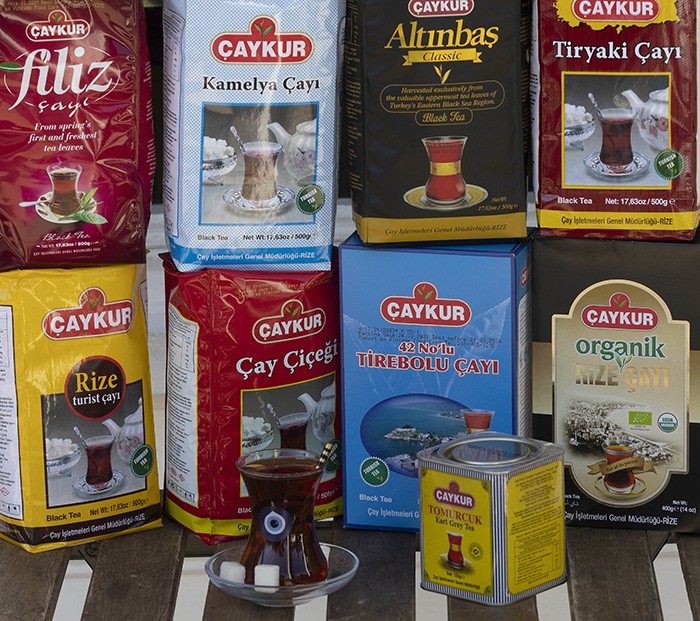
Studies have suggested that the antioxidants in tea are good for the heart, interfere with the growth of some cancers, improve cholesterol levels, and reduce the risk of neurological disorders like Alzheimer’s and Parkinson’s diseases.
To get the most health benefits, McAllister says it’s important to brew green tea at roughly 170 degrees F, when the water is steaming but not boiling.
“Green teas are really finicky. You don’t want to bring your water to a boiling point,” she says. “When you start doing that with green tea, you do lose some of its medicinal value.”
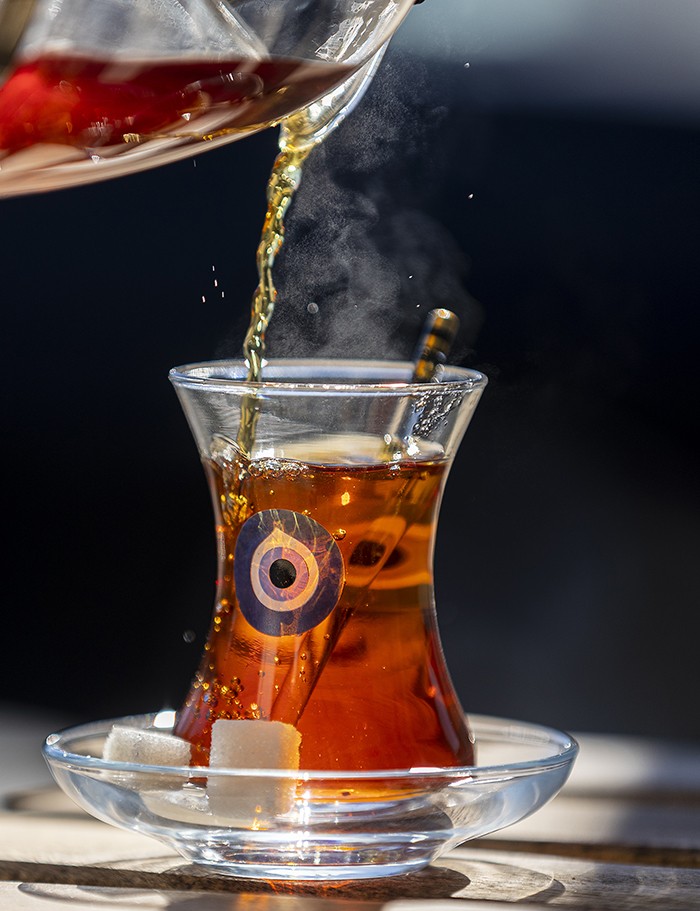
The Turkuaz Market in Cary stocks nearly 10 types of tea, and co-owner Emre Eyupoglu will gladly serve you a sample of what he’s brewing.
Emre Eyupoglu is the co-owner of Turkuaz Market in Cary, which stocks nearly 10 types of tea, grown in the Black Sea region of Turkey. The varieties differ according to the altitude of the tea fields, when the tea is harvested, and what part of the plant is cut. But because taste is subjective, Eyupoglu says the best way to find a tea you like is to experiment.
“Which one is good? Which one is right for me? You have to try. You have to try because each one smells very similar, not the same,” he said. ”So this is tea, just drink it.”
Curious about where to begin? Eyupoglu always has hot tea ready to serve visitors to the store.
How to Brew a Great Cup of Tea
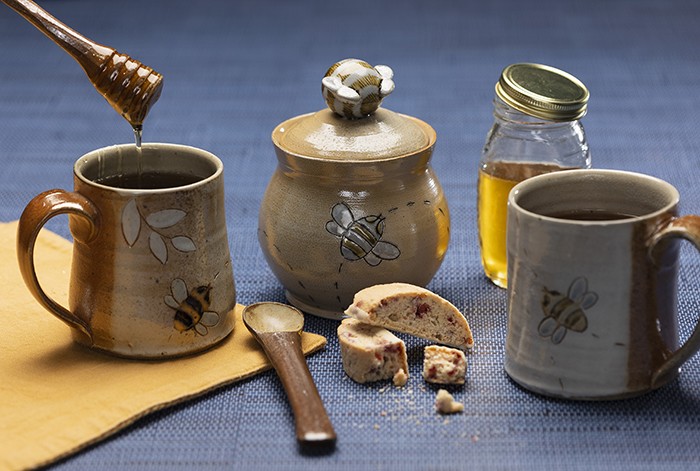
Bee-themed stoneware from Blue Hen Pottery of Seagrove, N.C., is sweet and functional, from the sturdy mugs to the whimsical honeypot; mugs, $30 each; honeypot, $68; spoon, $15; Seagrove Pottery of Cary.
- Start with high-quality loose tea. Traditional supermarket tea bags contain smaller, lower-quality particles of tea, resulting in a fast-steeping tea that is often bitter. Loose leaf or whole leaf teas are usually fresher, more mellow, and nuanced in flavor.
- Add fresh, cold water to a saucepan or kettle. Don’t use distilled or previously boiled water.
- Heat the water to the best temperature. Different varieties of tea benefit from brewing at specific water temperatures, between 170 and 212 degrees F. Delicate white and green teas can be brewed when the water just starts to steam. Black teas are best when the water reaches a rolling boil.
- Use the correct amount of tea. A general guideline is 1 teaspoon of loose tea for every 6 ounces of water. For a stronger brew, use more leaves rather than more time to avoid bitterness.
- Steep for the recommended time. Most teas will have suggested steeping times on the package, but in general, black teas can be steeped 4-6 minutes, green tea for 2-4 minutes.
- Remove the tea leaves. The longer the tea steeps, the more bitter it can become.
- Enjoy and experiment! Once you find a tea you like, experiment with the brewing time or amount of tea to get your perfect cup.
- Restaurant Profile: La Grassa Pastificio
- Beat Home-Office Back Pain with These 11 Stretches
- At the Wheel
- Thinking About Retirement?
- Nonprofit Spotlight: Made4Me
- Small Business Spotlight: The Little Gym of Cary
- Things to Do: January/February 2022
- Garden Adventurer: Getting Gaudy: The Colorful Crotons
- Sweet on Pickleball
- From the Editor: A Fond Farewell
- Tea Time
- Liquid Assets: Better Believe from Barrel Culture Brewing and Blending




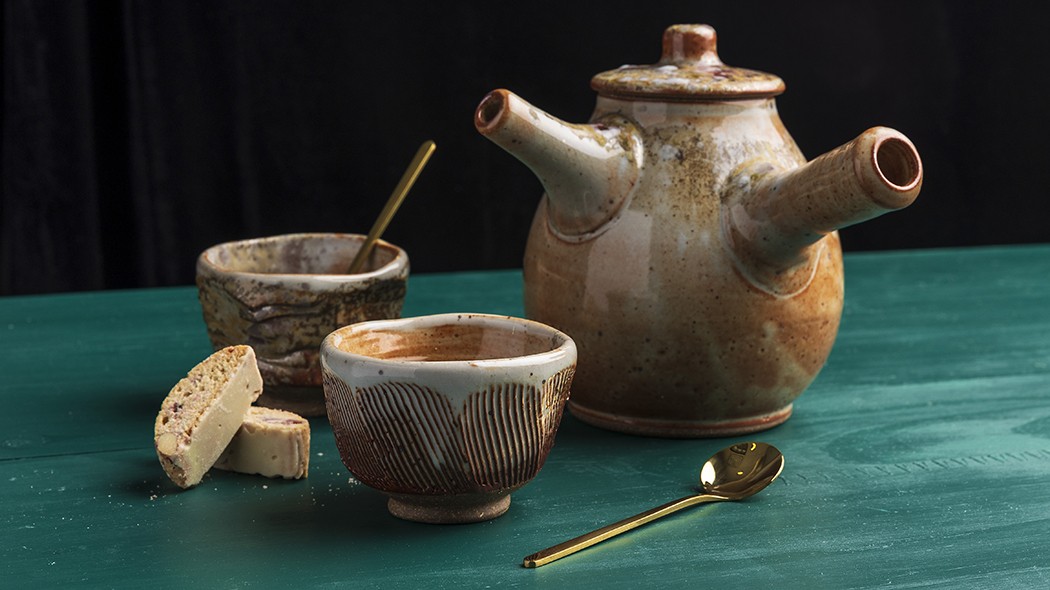


Great article! Properly brewed loose leaf tea is always the way to go, so many delicious varieties from tea regions all around the globe. Cheers!